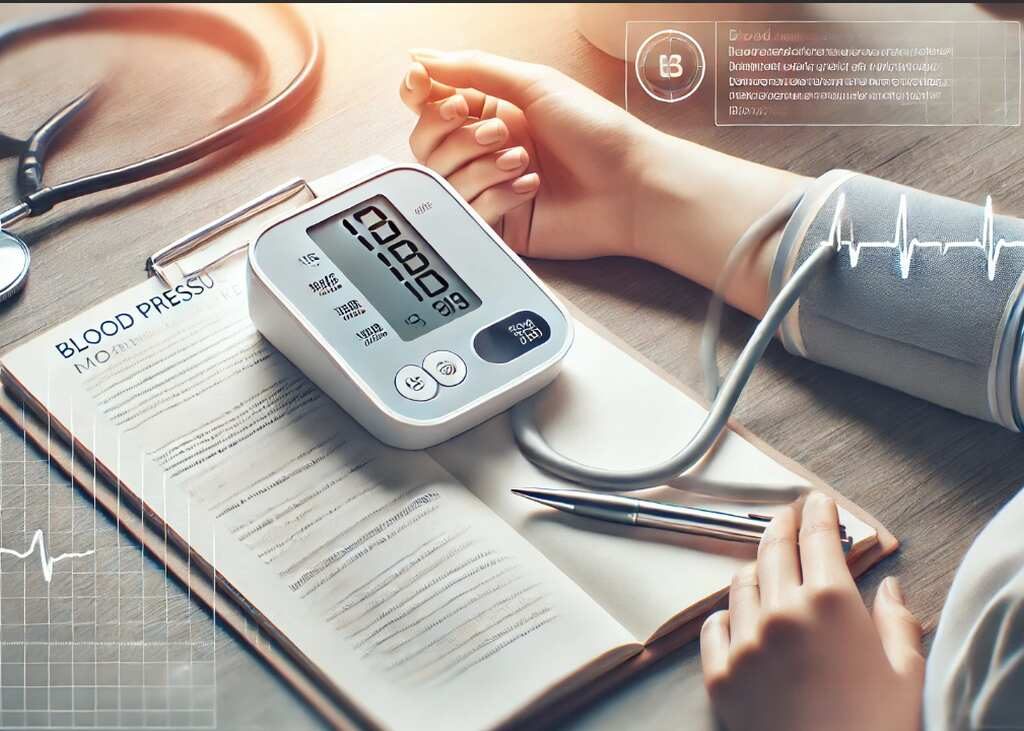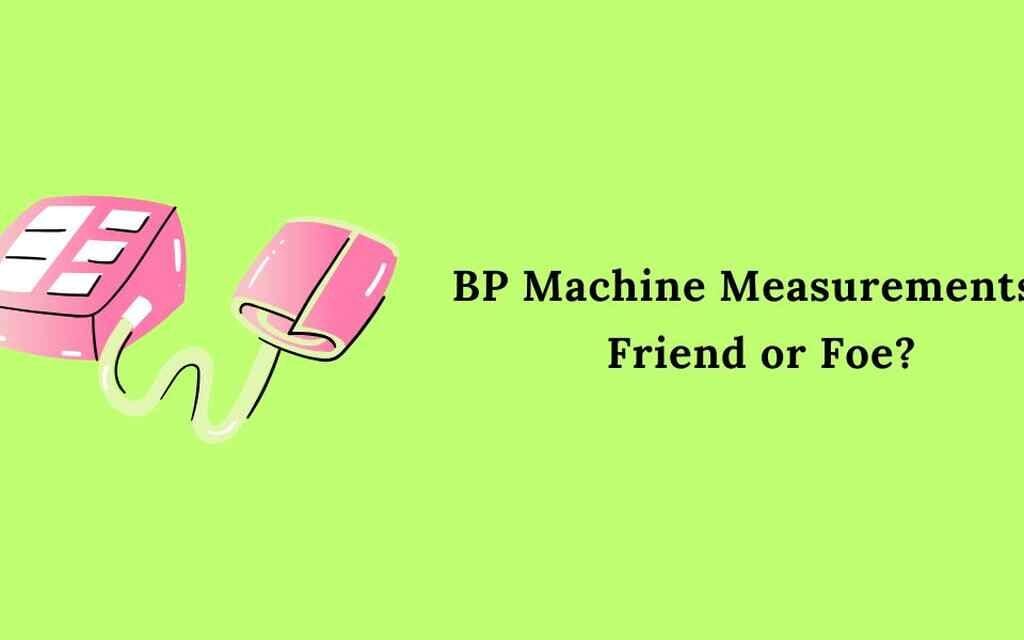Have you ever wondered about the importance of accurate blood pressure Machine Measurements? Well, you’re not alone. In today’s fast-paced world, were technology reigns supreme, it’s easy to rely on machines for everything, including something as important as monitoring your blood pressure.
But are these machines really our friends or foes? That’s the question that many health experts are grappling with. With the rise of at-home blood pressure monitors and the increasing emphasis on self-care, it’s more crucial than ever to ensure that these machines are providing us with accurate readings.
After all, high blood pressure is often called the ‘silent killer’ for a reason. So, as we delve into the world of blood pressure monitoring devices, let’s ask ourselves: Are we helping us stay healthy, or are they leading us astray? Only time will tell.

The Importance of Blood Pressure Monitoring
Many of us use machines for convenience and accuracy. However, automated devices may not always be the best option. While they offer quick readings, factors like cuff size, body position, and machine calibration can affect their accuracy. It’s important to understand the pros and cons of machine measurements versus manual readings. By knowing these differences, we can get a more accurate picture of our blood pressure levels. Remember, it’s not just about the numbers on the screen, but how well they represent our true health status.

Pros and Cons of Machine Measurements
Quick and convenient readings can be easily tracked and shared with doctors. However, it’s important to note that these machines may not always be accurate. Factors like body position, arm size, and cuff placement can impact the results. Therefore, it’s crucial to ensure their reliability by following guidelines and occasionally confirming readings with manual checks. While machine measurements are useful for monitoring, they should not be relied on for medical decisions alone. Readings can vary due to factors like user error or device calibration issues.

It’s recommended to validate machine readings periodically with manual checks from healthcare professionals. Understanding the limitations and potential inaccuracies of automated blood pressure devices helps individuals make informed decisions about their health and treatment based on reliable measurements.
Accuracy and Reliability Factors
Technology has made it easier to take quick and convenient blood pressure readings. However, factors like cuff size, placement, and calibration can affect accuracy. It’s important to know the limitations and possible inaccuracies of automated devices for informed health decisions. Achieving reliable accuracy with a blood pressure machine means paying attention to detail and following best practices.Regular maintenance checks, proper cuff placement, and following manufacturer guidelines are key to getting precise readings. By understanding what affects accuracy and optimizing machine performance, individuals can trust the results from automated devices. Knowing machine accuracy allows individuals to monitor their blood pressure effectively and share accurate data with healthcare professionals for better health management.
Comparing Machine Measurements vs. Manual Measurements
When choosing a blood pressure machine, consider factors like accuracy, ease of use, and reliability. Some devices offer extra features such as memory storage, Bluetooth connectivity, or multiple user profiles. Understanding the differences between various machines can help you make an informed decision. Evaluating blood pressure machines involves looking at their features, performance, and user-friendliness.
Some devices provide consistent and precise readings, while others may have limitations. Reading user reviews and seeking recommendations from healthcare professionals can help you navigate the options available. By comparing thoroughly, you can choose a machine that meets your needs and fits your lifestyle and health goals.
Understanding Automated Blood Pressure Devices
Automated blood pressure devices provide quick and precise readings without the need for manual measurement. It is important to understand the limitations of these devices and ensure they are properly calibrated for accurate results. Many of these devices also offer features such as memory storage, user profiles, and detection of irregular heartbeats, making them easy to use. Selecting a high-quality device that meets your specific requirements can help you effectively monitor your blood pressure and offer valuable information to your healthcare provider.
Tips for Proper Blood Pressure Monitoring
It’s important to measure blood pressure correctly using validated techniques to avoid misunderstandings. Follow recommended guidelines like resting before taking a reading, sitting comfortably with feet flat on the floor, and positioning the cuff correctly on the arm for accurate results. Tracking blood pressure trends over time can give insights into overall health and help healthcare providers make informed decisions. Establishing a routine for monitoring blood pressure and learning how to use technology properly can help individuals take control of their health and strive for optimal cardiovascular health.
Overview
In a world where technology reigns supreme, the question of whether measuring blood pressure using a machine is acceptable may seem like a trivial one. However, the implications of relying solely on these devices for such a crucial health measurement are far-reaching and complex.
Are we sacrificing the human touch for the convenience of automation? Can a machine truly capture the nuances of our bodies’ fluctuations and intricacies? The debate rages on, with proponents pointing to the accuracy and efficiency of machines, while detractors argue for the importance of personalized care and the potential for error in electronic readings. So where does the truth lie? Perhaps in a delicate balance between the two, where technology complements rather than replaces the human element.
Only time will tell if we can find harmony in this clash of modernity and tradition. But one thing is for certain – the pulse of our health is a rhythm that should never be underestimated or underestimated.

